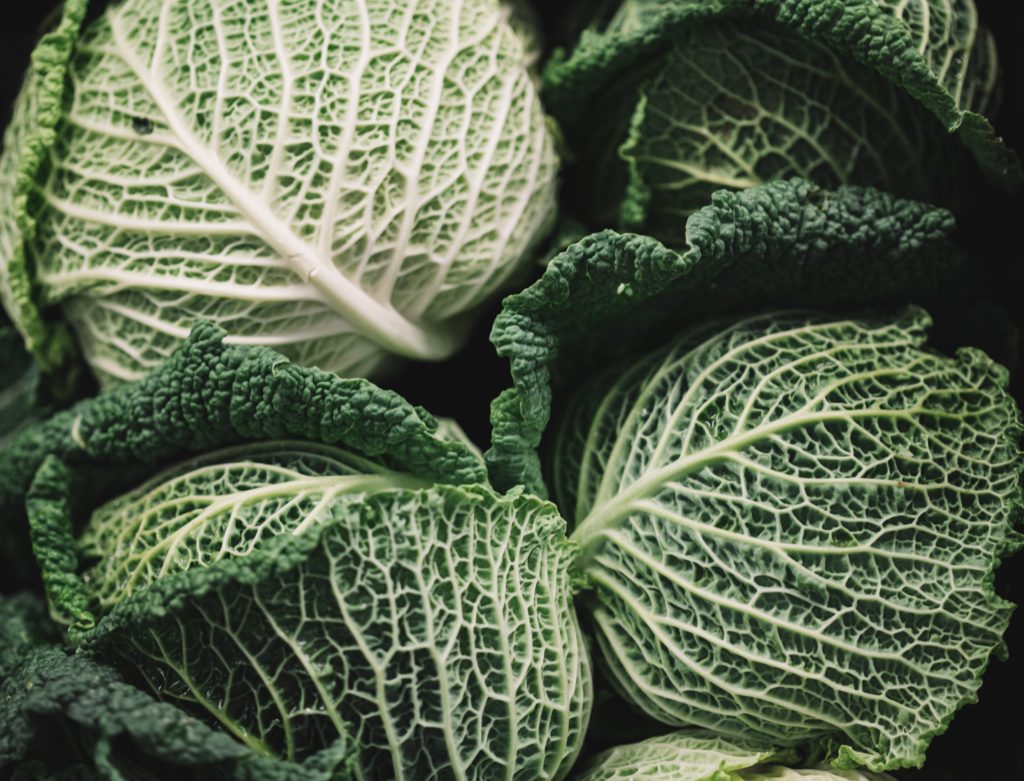If you are looking for ways to save money on real, whole, healthy foods, and if you don’t want to sacrifice quality, check out cabbage.
You might not think of cabbage as a superstar vegetables such as kale, spinach, or chard, but think again. Cabbage is having its tasty moment and it’s packed with nutrients, extremely inexpensive, and quick to prepare. In addition to the green and purple varieties that made those summer picnic coleslaws so memorable, there are hundreds of types of cabbage! Cabbage can star in delicious main dishes, salads, rolls, pasta, stir fry and soups. Recipe possibilities are endless.
What are the health benefits of cabbage?
Cabbage is part of the cruciferous family, a group that includes broccoli, cauliflower, brussel sprouts, bok choy, radishes, and kale. Research has shown that cruciferous vegetables lower inflammation and contain a compound called glucocinolates which supports the body in eliminating toxins, reducing your risk of several chronic diseases, including heart disease, vision degeneration, certain cancers, and blood-sugar disorders.
Cabbage is high in Vitamin C and Vitamin K, and contains small amounts of other nutrients, including folate, manganese, and vitamin B6.
You can turn it into a gut-healthy superfood, by fermenting it. The bacteria found in fermented foods aids in digestion and produce gut friendly bacteria that help with gut dysbiosis and support a healthy balance of bacteria in your gut.
How cheap is it?
Cabbage is extremely inexpensive, generally costing less than a dollar per pound, even for organic varieties. It is also one of the longest lasting vegetables, so you don’t have to worry about it spoiling quickly and going to waste. A whole (uncut) will last in your refrigerator for up to 2 months in your vegetable drawer. Make sure to wrap cut pieces in plastic for extended shelf life. You will know if it’s gone bad if it smells funky or the leaves have wrinkled.
Are there special considerations for those with gut issues?
Cruciferous vegetables are high in insoluble fiber, a type of fiber that doesn’t dissolve in water and adds bulk to stool. For some people with gut issues, foods high in insoluble fiber may exacerbate symptoms. If you think this may be you, take these three tips into consideration:
-
Finely chop, blend, or ferment cabbage to break down insoluble fiber. This will make it easier to digest.
-
Boil, bake, steam or sauté cabbage to break down the insoluble fiber. Similar to chopping, blending, and fermenting, this will make the cabbage easier to digest, and thus easier on your stomach.
-
NEVER eat cabbage, or any cruciferous vegetable, on an empty stomach.

